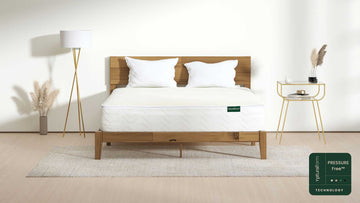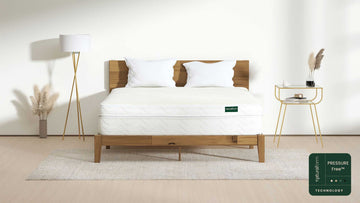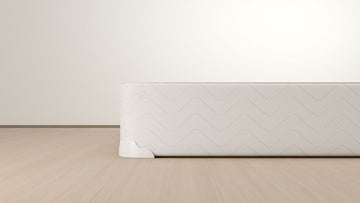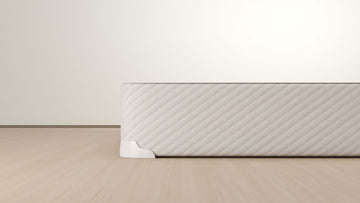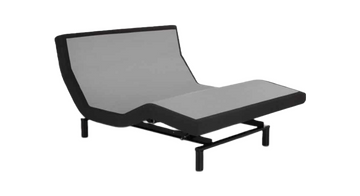The history of the Waterbed
Legend has it that the Persians were responsible for inventing the very first variation of the waterbed some 3600 years ago – filling goatskins with warm water to create the mattress. It isn’t quite clear why the Persians invented water beds, with some speculating that they were reserved for royalty, while others believe that they were used to comfort the sick and elderly. In 1833, the Western World got its first taste of waterbed technology when the Scottish physical Dr. Neil Arnott, created his Hydrostatic Bed, which was designed to prevent bedsores in the disabled. This hydrostatic bed was quite the far cry away from the waterbeds we know today, consisting of a rubber-impregnated canvas that had no temperature regulation, and therefore, despite many medical professionals supporting the design, it soon became a market failure.
For almost 100 years, the waterbed remained dormant and largely unchanged, that was until the invention of vinyl in the 1960s, which facilitated a more durable design and water heating capabilities. By the 1980s, the waterbed had indeed taken off, appearing not only in medical settings but also in bedrooms of both the rich and famous and suburban houses. At their peak, waterbeds accounted for one in every five mattresses purchased in the U.S – so where did things go wrong?
